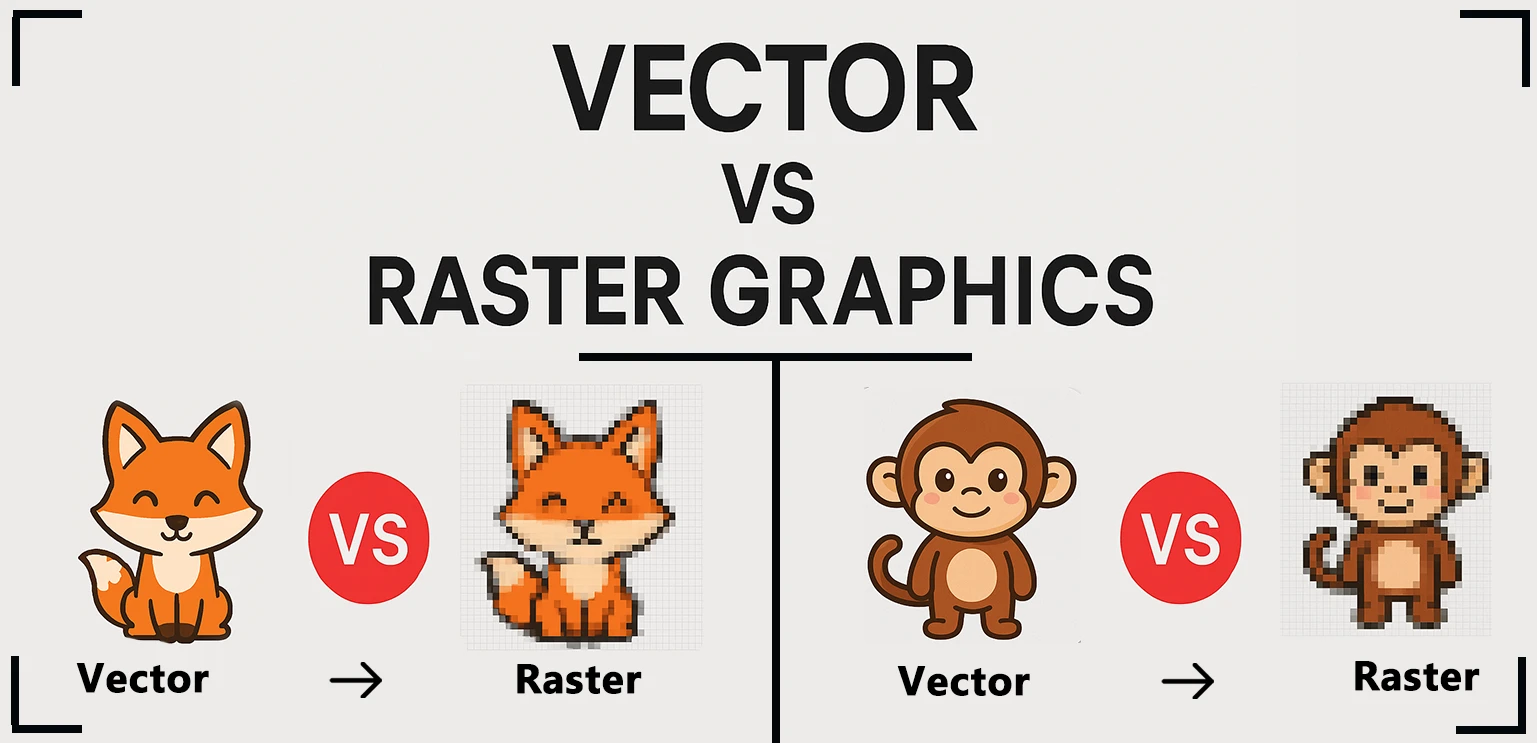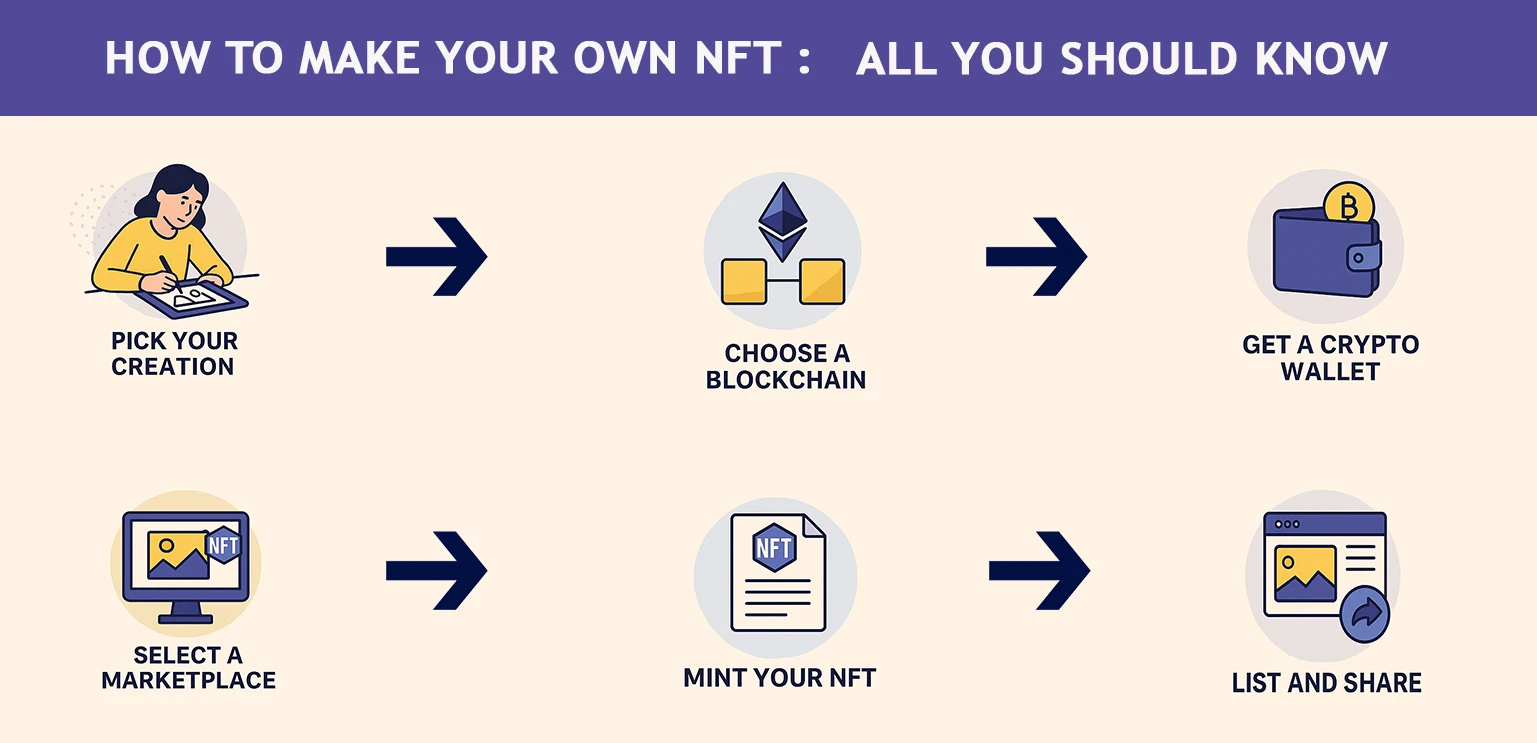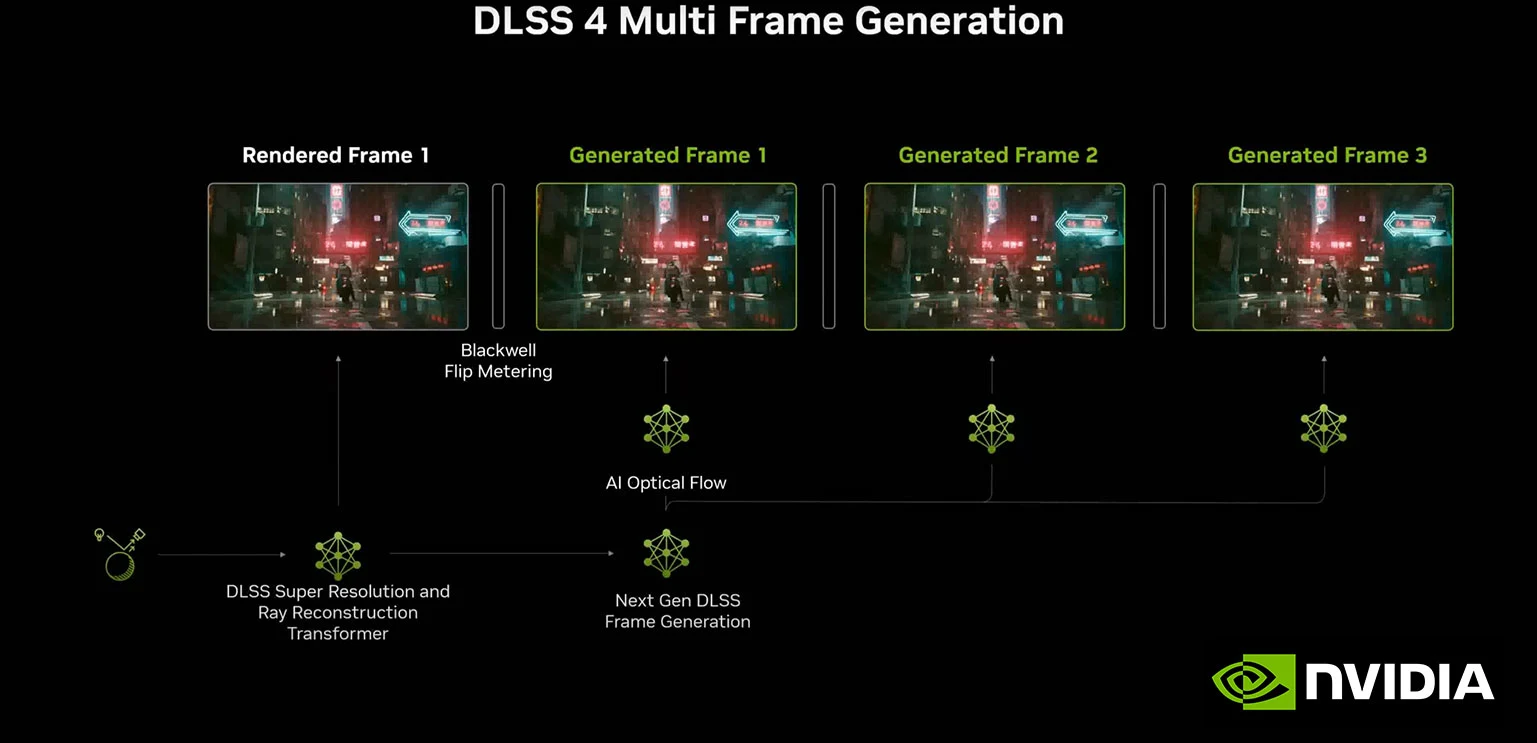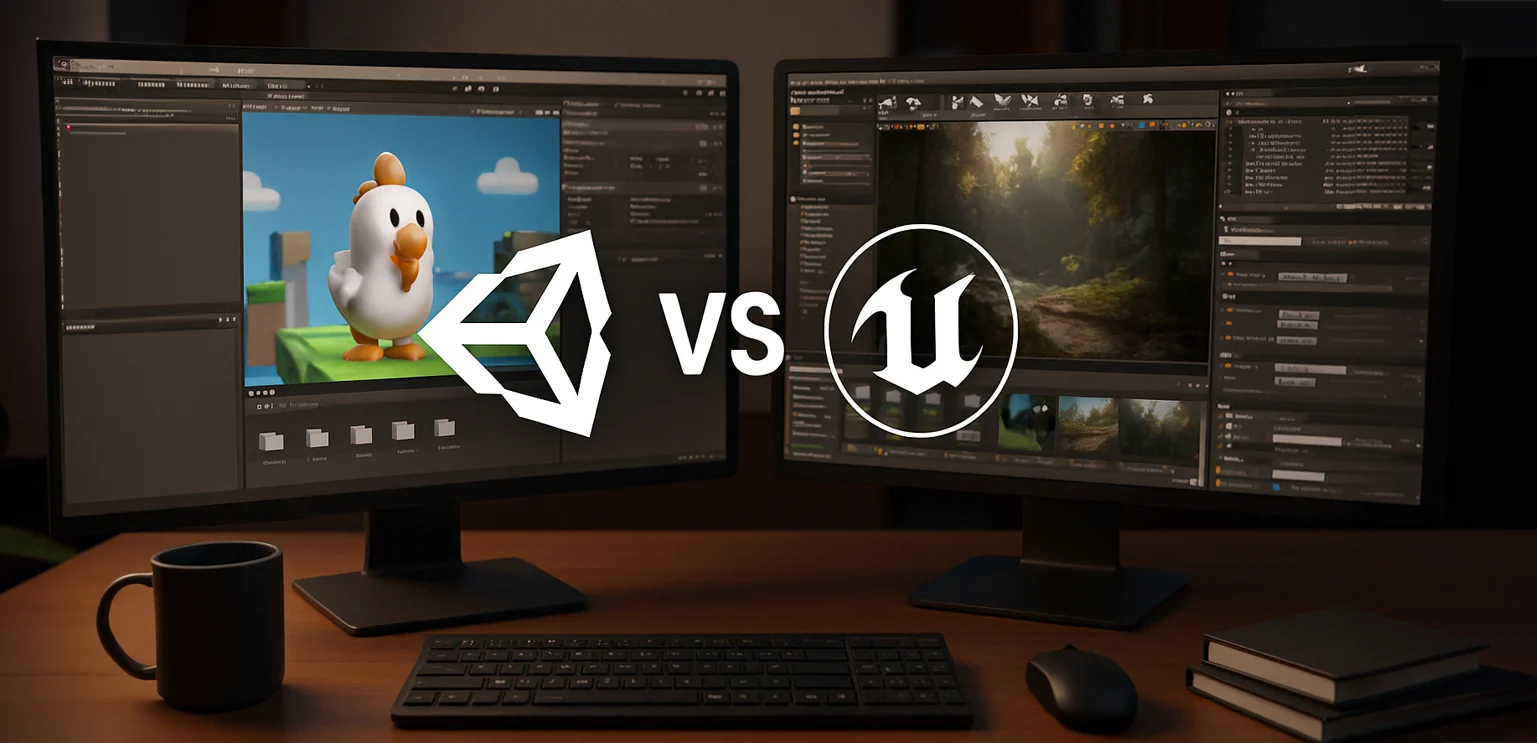Vector vs Raster: Choose the Right Graphic Format
Introduction: A Game Developer's Dilemma
Imagine you're developing a new game. Your UI needs crisp icons that scale seamlessly across devices, while your characters require detailed textures to bring them to life. Choosing the right graphic format becomes crucial.
At Gamix Labs, we've guided numerous clients through this decision-making process. Understanding the differences between vector and raster graphics can significantly impact your game's performance and visual appeal.

Competitor Analysis: Identifying the Gaps
We analyzed top-ranking articles on "Vector vs. Raster Graphics" from sources like Adams Media Group, WebPerfex, and SVGator. Here's what we found:
🔹 Common Strengths:
- Clear definitions of vector and raster graphics.
- Lists of pros and cons for each format.
- Basic applications in design and web use.
🔹 Common Gaps:
- Lack of storytelling to engage readers.
- Minimal real-world examples, especially in gaming contexts.
- Not enough expert-driven advice tailored to project needs.
Our goal is to address these gaps by providing a more comprehensive, relatable, and application-focused guide.
Understanding Vector and Raster Graphics
🔹 Vector Graphics
Definition: Created using mathematical equations to define shapes like lines and curves.
Characteristics:
- Remain sharp regardless of zoom or resize.
- File sizes are small and efficient due to math-based storage.
- Ideal for designs requiring frequent resizing.
Common Formats: SVG, AI, EPS
🔹 Raster Graphics
Definition: Images made of tiny colored squares (pixels) arranged in a grid to form a complete picture.
Characteristics:
- Resolution-dependent; scaling can cause pixelation.
- Larger file sizes, especially at high resolutions.
- Excellent for complex and detailed imagery.
Common Formats: JPEG, PNG, GIF
Pros and Cons
🔹 Vector Graphics
Pros:
- Infinite scalability without quality loss.
- Smaller file sizes improve load times.
- Easier to edit individual components.
Cons:
- Not ideal for detailed images like photographs.
- Often requires specialized software to create/edit.
🔹 Raster Graphics
Pros:
- Great for tiny details and smooth color gradients.
- Universally supported across platforms and applications.
Cons:
- Loses quality when scaled.
- Larger file sizes can hinder performance.
Applications in Game Development
| Application | Recommended Format | Reason |
|---|---|---|
| Game UI | Vector | Scalability and clarity across devices. |
| Character Textures | Raster | Captures intricate details and realism. |
| Company Logo | Vector | Consistent rendering across various sizes. |
| Promotional Artwork | Raster | Supports rich detail and artistic expression. |
Gamix Labs: Your Partner in Design Decisions
At Gamix Labs, we understand that every game has unique requirements. Our team collaborates closely with clients to determine the optimal graphic formats, ensuring both aesthetic appeal and performance efficiency.
Conclusion
Understanding the differences between vector and raster graphics is essential for making informed design decisions. By considering the specific needs of your project, you can choose the format that best enhances your game's visual experience. View our portfolio.
Gamix Labs is here to guide you through every step of this process.
What’s the real difference between vector graphics and raster graphics?
Vector graphics are made from math-based shapes, so they stay sharp at any size (great for scaling). Raster graphics are made of pixels, so they can blur when enlarged. Common vector formats: SVG/AI/EPS. Common raster formats: PNG/JPEG/GIF.
For game UI icons and logos, should I choose vector or raster?
Go vector for UI and logos because it scales cleanly across phones, tablets, and 4K screens. Keep a vector master, then export the exact sizes your engine needs (e.g., PNGs for sprites) to keep things crisp and lightweight.
What’s best for characters, textures, and rich artwork?
Use raster graphics. Textures, detailed characters, and marketing art look better as high-resolution PNG/JPEG because pixels handle shading, realism, and tiny details. Just avoid oversizing—large textures hurt load times and memory.
How does the choice impact performance and file size?
Vectors store shapes efficiently but are usually exported to raster images for runtime use. Rasters can be heavier, so optimize: right-size your exports, compress wisely, and pack sprites. Smaller files mean faster loads, smoother play, and happier players.
Can I mix vector and raster in one project?
Absolutely. A common workflow is vector for UI/branding and raster for textures/art. Keep vector masters for flexible edits, export only the sizes you need, and maintain a tidy naming/atlas system to balance quality and performance.









